In the last two posts, I wrote about wood-chine and plywood-glued-lapstrake construction utilized in our kits. I spoke about how these traditional plywood methods, when kitted in a smarter way using CAD and precision machining by CNC, allows a beginner to experience these more “traditional” plywood construction methods in a way that brings joy and success to first time builders. Boats using these plywood construction methods - such as the Caravelle and Drake 17 photos below - have never been more accessible to people than they are now. with our kits.
Wood-chine construction - the chine log is the piece of wood bening along the inside of the join between bottom and side plank.
Lapstrake construction - this is a 3-plank per side Drake 17 with garboard, binder, and sheer. They overlap 3/4” on a bevelled joint and are glued with epoxy - no fiberglass!
The new way
A number of our boats also incorporate a form of stitch-and-glue construction we call it tack-n-tape construction, a form of stitch-and-glue in that the main structural join is formed by welding panels together with epoxy and fiberglass. In Tack-n-Tape, the panels are either bent over a form and fastened down to frames and bulkheads or the panels/planks are bent over a self-jigging set up using our Tab-n-Lock system to hold things together until the epoxy cures. Whatever the means of hold the panels close together, the eventual joint is made the same way: epoxy fills the gaps between the planks and short fillets are made between molds and any wires needs to hold plank edges together. In fact, another method used is small pieces of plywood hot-melt glued on the inside of the hull to hold plank edges together where needed, and then the panels are glassed together on the outside.
Here you can see the tabs from the frames sticking through the plank with wedges to hold. John is adding some wires to the bottom join to draw the ply edges together for the tack-and-tape seam.
Here you can see the top of the plank on a Points East Pram being bevelled to receive the lapstrake sheer plank.
The epoxy filler and fillet and fiberglass over it makes the structural integrity of the joint. This is in direct contrast to the wood-chine, ‘screw-and-glue’ method where the plywood geometrically glued to two sides of a chine log to create the structural integrity; the only glass needed on the outside to help seal and protect the plywood edge. In the case of glued-lap construction, the strength and stiffness of the joint comes from the epoxy gluing the two edges of plywood together along a bevel, effectively doubling the thickness of the hull at every lap - very strong and no glass needed!
Often where I like to use a tack-and-taped seam is on the bottom of the boats. When glassed and graphite coated, the bottom of the boat is like a teflon skillet than can take repeated beaching and is easily repairable. The upper planks would then be glue-lapstrake joined minimizing the amount of glasswork needed to do compared to the equivalent Stitch-and-glue boat. It also makes a cleaner, crisper looking hull - both aesthetically and hydro-dynamically. These boats also will incorporate aspects of the tab-n-lock method where appropriate and as such a truly hybrid systems. Many boats in our catalog use this hybrid system: the Calendar Islands, some of Vivier’s boats like the Morbic-12, and the Deer Isle Koster to name a few.
Hopefully, these posts give you a clearer picture of how we approach construction in our kits. Moreover, why our boat kits are emphatically not Stitch-and-glue kits and why we think that makes them better boats to build and use in the end.




